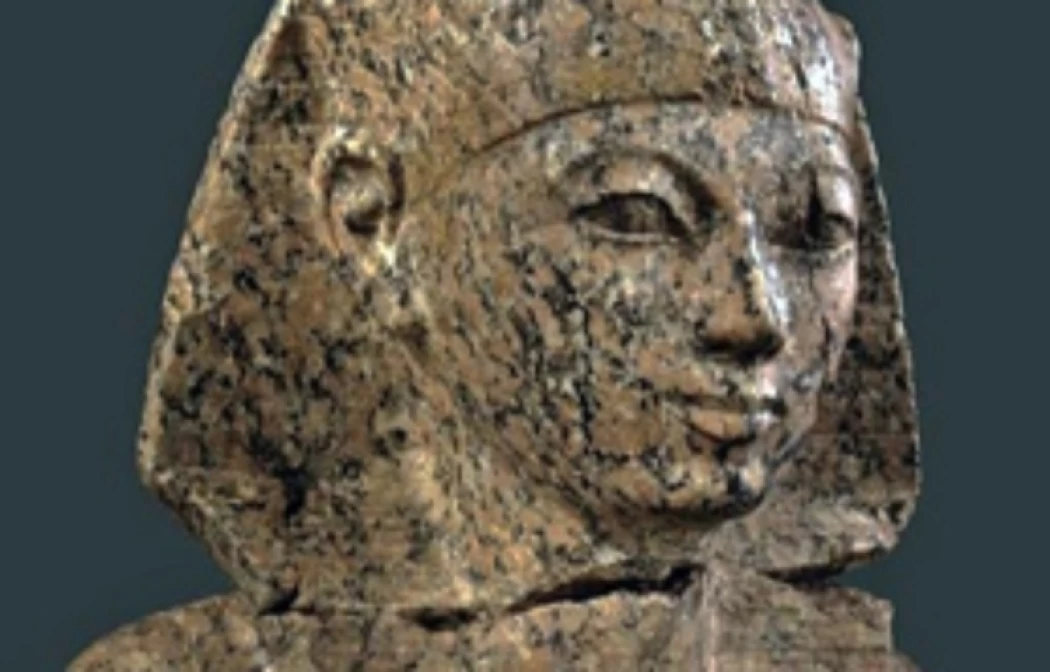
History of King Ahmose I
Ahmose I, (Meaning born of yah) was a king of Kings from ancient Egypt and the founder of the Eighteenth Dynasty. he was a member of the Theban royal family.
The family
Ahmose hails from the seventeenth dynasty of Thebes. His grandfather, Saqnun Ra ta'a, and his grandmother Teti Shri had more than twelve sons, including saqnun Ra and Iyahhotep. Brother and sister got married according to the traditions of the Queens of Ancient Egypt; they gave birth to Ahmose I, Camus, and a lot of females. They had several sons, including from the females Ahmose Mert-Amun and Ahmose set-Amun, and the males Si-Amun, Amenhotep I, Ahmose Ankh, and RA-Mus, and they may also have fathered Mutun-Feret, who married Thutmose I.
Ahmose Ankh was the Crown Prince of Ahmose I, but he died between the 17th and 22nd years of Ahmose's reign. There was no clear dividing line between the seventeenth dynasty and the Eighteenth Dynasty. The chronicler maniton later wrote during the reign of the Ptolemies, considering the final expulsion of the Hyksos after almost a century of their presence and the restoration of Egyptian rule over the entire country to be a major enough event to justify the beginning of a new dynasty.
Military campaigns
Expulsion of the Hyksos King saqnun-Ra was the first to attack the Hyksos to fight them and get them out of Egypt and was killed in one of his battles with the Hyksos, then his son Kamis completed the war until Upper Egypt was cleansed of the Hyksos and then Ahmose expelled the Hyksos out of the country. When he was about 19 years old and used some modern weapons such as war wheels, many of the people of Thebes joined the army.
His reign
his army to Phoenicia, and also attacked Nubia to recover it back to the Egyptian kingdom, whose borders reached south to the second waterfall, and Ahmose's campaigns are depicted in the Tomb of two of his soldiers, Ahmose Ibn ibana and Ahmose Ibn nakhbet After the end of his wars to expel the enemies and secure the borders of Egypt, Ahmose turned his attention to internal affairs, which were dilapidated during the period of the Hyksos occupation, he reformed the tax system, reopened trade routes, repaired aqueducts and irrigation system. He also rebuilt the destroyed temples and took Thebes as his capital, and Amun was the official god of his time.
After Ahmose expelled the Hyksos from Egypt, he returned to the country in 1571 and turned to internal reform, which made historians consider him the founder of the modern state.
His mummy
It is believed that Ahmose has two tombs, one in Abydos, consisting of a sloping temple, a funerary tomb, and the remains of a pyramid discovered in 1899, and identified as his pyramid in 1902.














